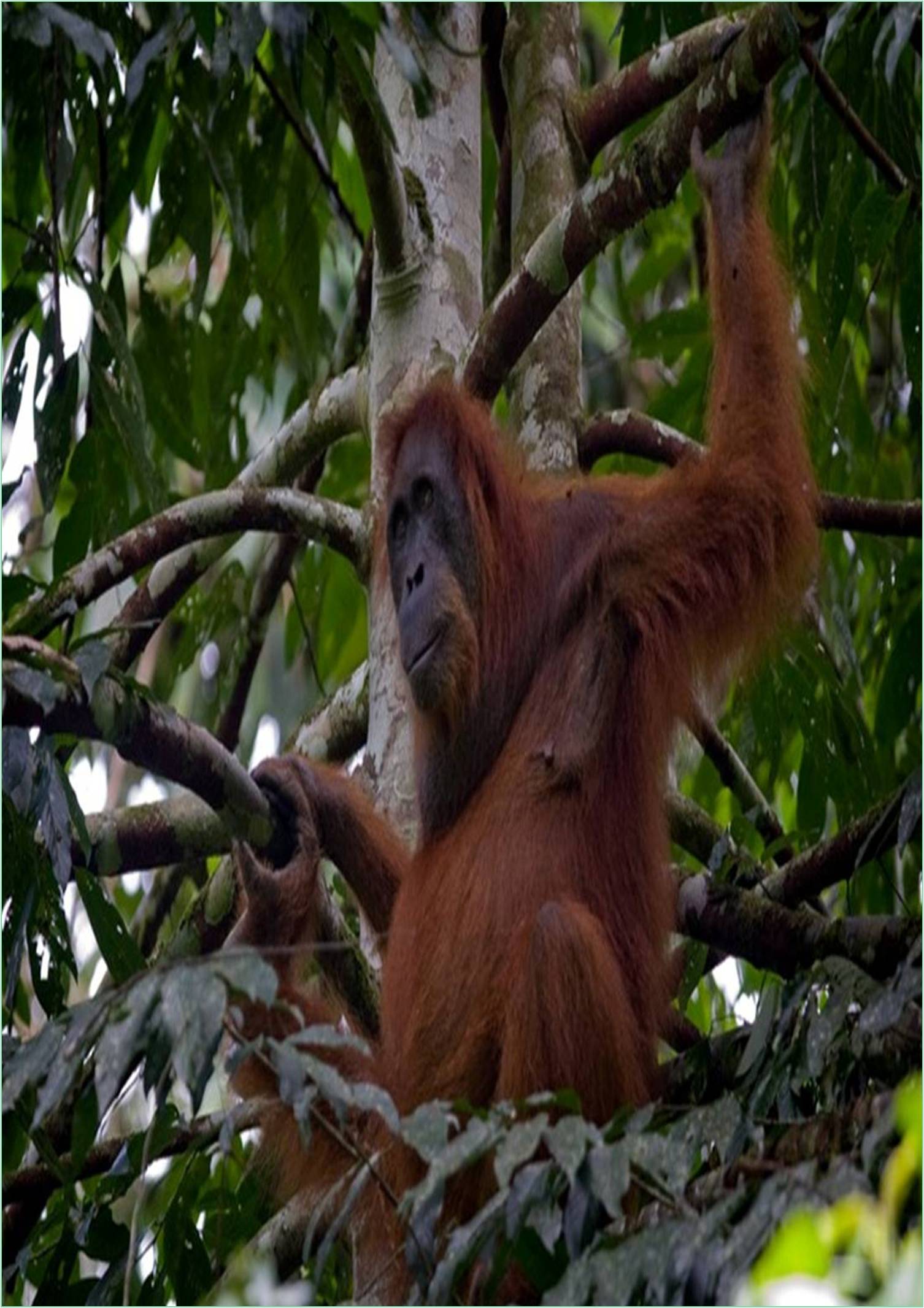



Received: 28-Jan-2022, Manuscript No. JBCR-22-59803; Editor assigned: 31-Jan-2022, Pre QC No. JBCR-22-59803(PQ); Reviewed: 14-Feb-2022, QC No. JBCR-22-59803; Revised: 21-Feb-2022, Manuscript No. JBCR-22-59803(R); Published: 28-Feb-2022, DOI: 10.15651/JBCR.22.1.1
Biodiversity is all the different kinds of life we will find in one area-the types of animals, plants, fungi, and even microorganisms like bacteria that make up our natural world. Each of those species and organisms works collectively in ecosystems, like an intricate web, to keep balance and support life.
Biodiversity plays a major role in environmental change. It may also increase the intensity and frequency of fires, storms, or periods of drought. The term ‘environment’ means all that surrounds us and impacts our growth and development. Both living and nonliving things shape the environment. Thus, we could say the environment is made up of two components- Physical or abiotic and biological or biotic.
The abiotic component consists of elements like temperature, light, soil, air, and water. The biotic component includes all animals, plant life, and microorganisms. In the environment, both biotic and abiotic components interact with each other.
The biotic components of our surroundings include all living things including plants, animals, and microorganisms. Most plants have green leaves. Leaves are green because they include a green pigment known as chlorophyll. Chlorophyll provides plants the special ability to make their own food through the usage of light, water, and carbon dioxide. Animals can’t make their own food, as they’re referred to as heterotrophs. Both animals and plant life need substances, known as nutrients. Plants absorb nutrients consisting of nitrogen, phosphorus, and calcium from the soil. These nutrients enter the bodies of animals after they consume plants or the flesh of different animals.
Some organisms feed on the bodies of dead plants and animals and release the nutrients trapped inside them. Animals that feed on the dead bodies of different animals are scavengers. For example, hyenas and vultures. Tiny organisms that feed on the remnants of dead plants and animals to break them down into easier substances are decomposers. For example, bacteria and fungi. Scavengers and decomposers play crucial roles in biodiversity as they maintain the surroundings clean by disposing of bodies of dead animals and plants and they assist in the recycling of nutrients in the surroundings.
Plants and animals depend upon each other for various needs. Plants (producers) make use of the sun’s energy and make their own food through photosynthesis. Herbivores (primary consumers) consisting of rabbits and cows feed on plants. Carnivores (secondary consumers) which include tigers and lions feed on herbivores. Omnivores (secondary consumers) consisting of humans and bears feed on both plants as well as the flesh of different animals. Scavengers and decomposers feed on dead plants and animals and release the nutrients trapped inside bodies into the soil.
Abiotic components are the nonliving; they significantly impact the living component. Plants use light to prepare their food. Animals and humans depend on plants for their food. Thus, the lifestyles of all the organisms are made possible because of sunlight. Therefore, light is a crucial abiotic component. The temperature of a place determines the kind of animals or plants that live there. Some parts of the Earth are very cold (e.g. polar areas) and a few parts are very hot (e.g. desert). Amongst those excessive conditions, just a few plants and animals survive. In colder areas of the earth, we find animals like polar bears and penguins and plants like conifers trees. In hot areas like the desert, animals which include camels and desert foxes, and plants like thorny bushes and date palms can survive. We all need water to live. About three-fourth parts of the earth’s surface area are covered with water. About 70%of our body weight is due to water. Plants might dry if they don’t get water. The amount of water in nature is maintained through the water cycle.
All living things require oxygen for respiration. Without respiration, they can’t make use of food to produce energy. Air consists of 21% oxygen, which is released through green plants during photosynthesis. The soil is the primary medium for growth in plants. Some animals and microorganisms also stay in the soil. Soil also gives essential minerals like sodium, potassium, calcium, phosphorus, and water. Animals consisting of earthworms and snails also make the soil loose by turning it. Fire is a source of energy for us. However, uncontrolled fire has been the enemy of man for a long time.